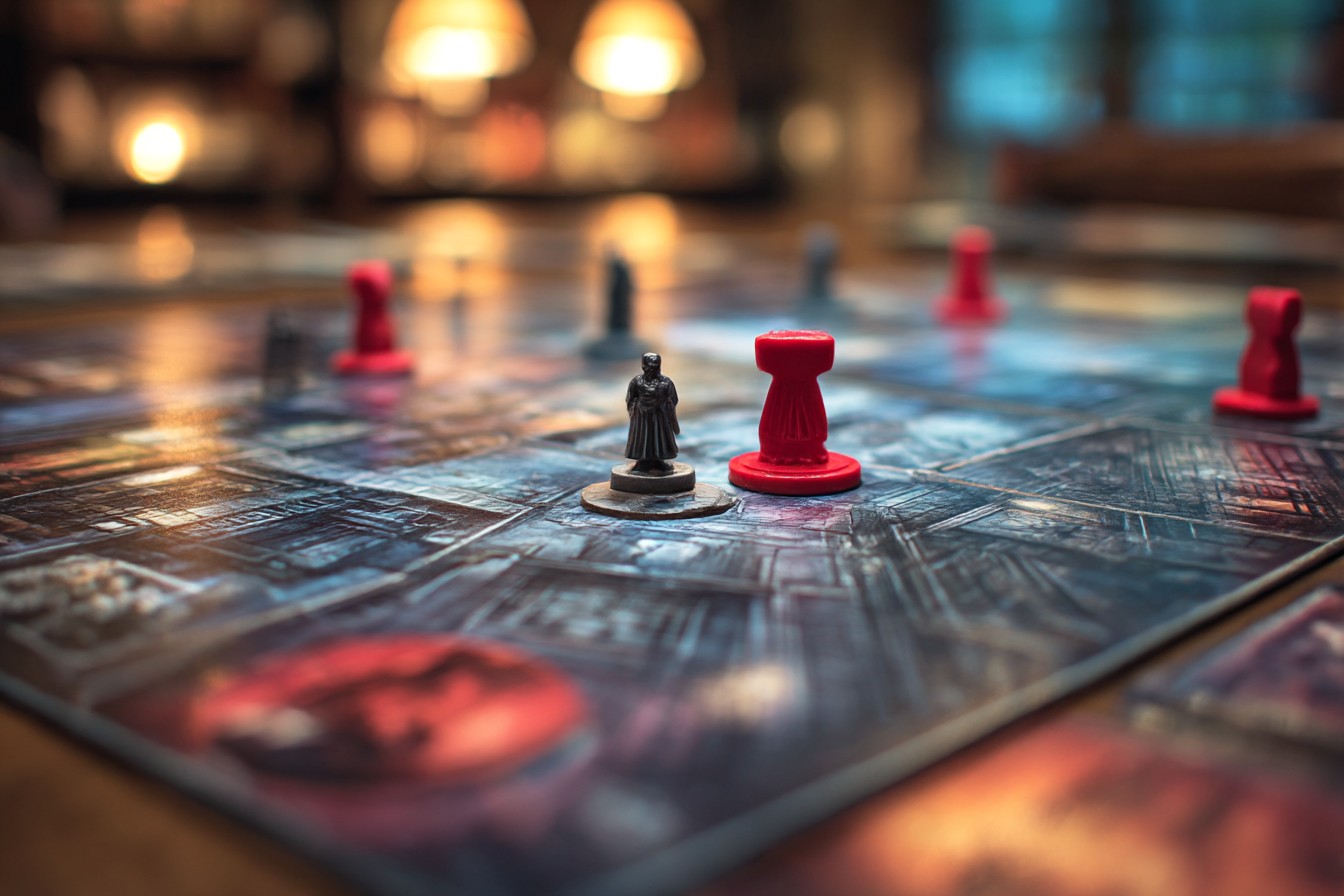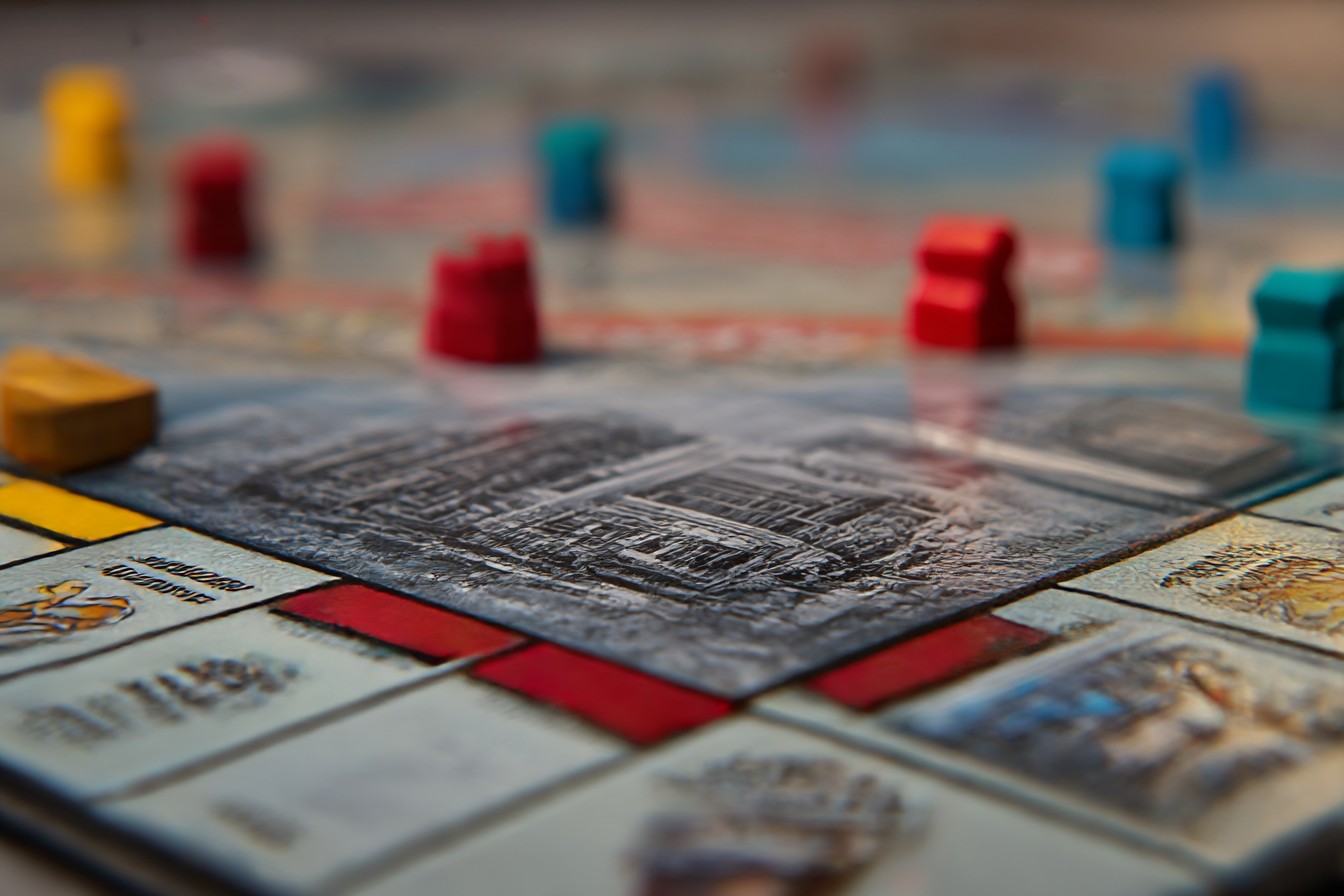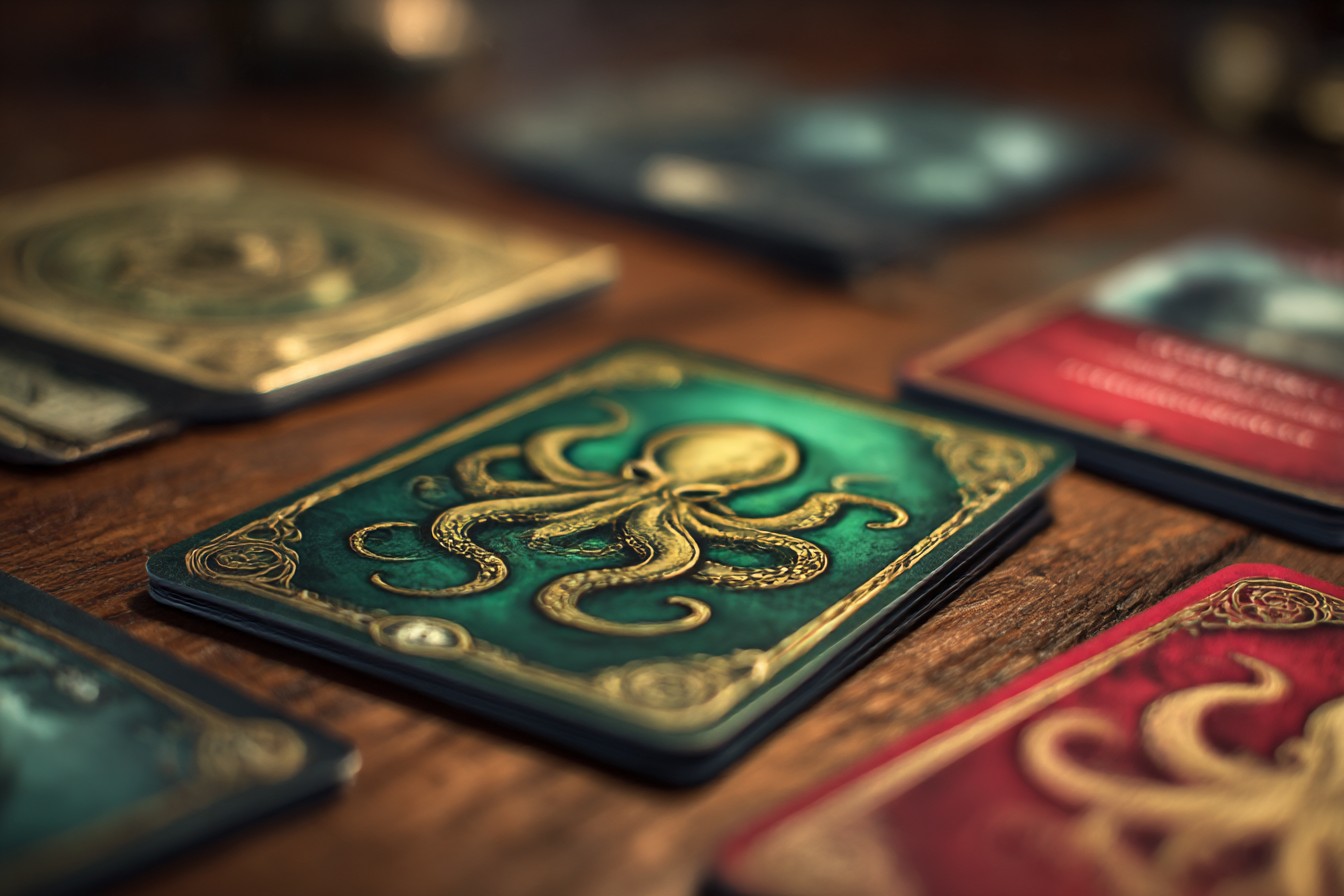I’ll be honest – when my friend Jake first brought Mansions of Madness to one of my game nights about three years ago, I took one look at that enormous box and thought he’d lost his mind. This thing was clearly not a party game, it had some kind of horror theme that seemed way too intense for my usual crowd, and he kept going on about how you needed an app to play it. An app! For a board game! The whole thing screamed “overcomplicated disaster waiting to happen.”
But Jake’s persistent, and he promised it would be different from anything we’d tried before. So we gave it a shot, and… wow. That first game was rough. Really rough. We died horribly, nobody understood what was happening, and I spent most of the evening convinced this was exactly the kind of heavy, strategic nightmare I try to avoid. Except something about it stuck with me, you know? Even though we failed spectacularly, there were these moments – genuine scares, surprising story beats, times when we actually felt like we were in a horror movie – that made me think maybe we just didn’t get it yet.
Three years and probably sixty or seventy games later (yeah, I know, not exactly party game numbers for me), I can say this much: Mansions of Madness is brilliant, but only if you completely throw out everything you think you know about horror board games. Most people approach it like it’s Betrayal at House on the Hill or some other traditional horror game, and that’s where they go wrong. This thing operates on totally different principles.
The app integration was my biggest stumbling block initially. I kept fighting against it, treating it like some annoying necessity instead of recognizing that it’s actually the heart of what makes this game work. I’ve watched so many people do the same thing – they’ll ignore what the app is telling them, or try to game the system, or just generally resist the digital elements. Bad idea. The app isn’t just handling bookkeeping; it’s creating genuine surprises, managing information in ways that would be impossible otherwise, and maintaining this constant sense of tension that pure analog games just can’t match.
Once I stopped fighting the hybrid nature and started embracing it, everything clicked. This isn’t a traditional board game that happens to use an app – it’s something entirely new that requires different thinking.
Character selection used to drive me crazy because I kept picking wrong. Everyone gravitates toward the characters with high combat stats, right? Makes sense for a horror game where you’re fighting monsters. Except that’s completely backwards. I’ve probably won more games with Harvey Walters – this mild-mannered professor type – than with any of the tough-guy characters, because this game rewards investigation and puzzle-solving way more than combat.
That was my second major revelation: fighting is usually a sign you’ve already screwed up. When you’re in combat, you’re typically wasting time and resources that should be going toward actually winning the game. The smart play is almost always to avoid fights, use positioning and movement to dance around threats while you accomplish your real objectives. Took me way too many bloody defeats to figure that out.
Movement is where this game gets really tactical in ways that aren’t obvious at first. These maps are deliberately cramped and maze-like, designed to create bottlenecks and force tough routing decisions. I probably spend more mental energy planning efficient movement than anything else, because getting stuck in the wrong location can completely torpedo your strategy. Learning the maps and understanding traffic flow becomes crucial.
Here’s something that blew my mind when I finally realized it: the app lies to you. Not through bugs or mistakes, but deliberately, as part of the horror experience. It feeds you false information, red herrings, misleading clues – all intentionally designed to mess with your head. New players chase every lead equally, but after you’ve played enough, you start developing this intuition about which threads are actually worth pursuing. It’s like learning to read the game’s personality.
The resource management operates on these multiple overlapping timers that most people don’t even notice. Sure, stamina and sanity are obvious, but there’s also this invisible pressure from the mythos phase, doom accumulating in the background, threats gradually escalating. Balancing all these competing demands requires thinking several moves ahead, which feels overwhelming when you’re starting out but becomes second nature.
I used to treat the mythos phase like something that just happened to me, but that’s wrong too. After playing the same scenarios multiple times, you start recognizing patterns in how the app ramps up difficulty. You can actually predict and prepare for common events, position yourself to handle what’s coming. It’s not random chaos – there’s method to it.
My investigation technique has gotten pretty systematic over time. I run through this mental checklist in every room: search for clues first, interact with obvious objects, then check for hidden stuff if I have actions to spare. Prevents missing crucial information while keeping things efficient. Sounds boring maybe, but it works.
Group dynamics are tricky because the right strategy changes based on the scenario and current threat level. Early game usually works better if everyone stays together to handle setup efficiently, but as objectives spread across the map, you need to split up intelligently. Too many people either separate too early and get picked off, or stick together too long and run out of time.
The app’s difficulty scaling responds to how well you’re doing in ways that aren’t immediately obvious. Sometimes playing too efficiently triggers harder events, while struggling appropriately keeps things manageable. I’m not saying play badly on purpose, but understanding that the game actively adjusts helps explain some of those random difficulty spikes that used to frustrate me.
Equipment choices need to account for action economy, not just raw power. A weapon that takes two actions to use might seem strong, but if it prevents you from accomplishing other objectives, it’s actually hurting you. The best items either save actions or provide passive benefits that don’t require activation.
Resource timing is huge. Hoarding focus tokens and other limited resources feels safe but often backfires when you realize you needed them three turns ago. Spending them too freely leaves you helpless during crucial moments. Finding that balance requires understanding each scenario’s specific rhythm.
The psychological aspect affects decision-making in ways people don’t realize. When the app starts building tension through sound effects and story elements, players naturally become more cautious and conservative. Sometimes that helps, but often it leads to overthinking situations that actually require bold action.
What I’ve learned is that this game rewards controlled risk-taking over playing it safe. The safest strategy is often the most dangerous because it lets threats accumulate while you accomplish nothing meaningful. The players I know who consistently win are those who learned when to push their luck and when to consolidate gains.
The replayability isn’t just about multiple scenarios – it’s how the app creates genuinely different experiences even with the same content. No two games feel identical because the dynamic elements respond to your specific choices and performance. Mastering one scenario doesn’t automatically transfer to others, which keeps things engaging long after you think you’ve figured it out.
Look, this still isn’t really a party game in my usual sense. But it’s become one of my favorite gaming experiences because it does something truly unique – this intersection of analog tactics and digital storytelling that creates something entirely new. You just have to approach it with the right expectations and be willing to learn its particular language.
Christine lives in Nashville and knows how to make any group laugh. She writes about party games, social dynamics, and hosting game nights that actually work. Her motto: keep it light, keep it fun, and never underestimate the power of good snacks.



